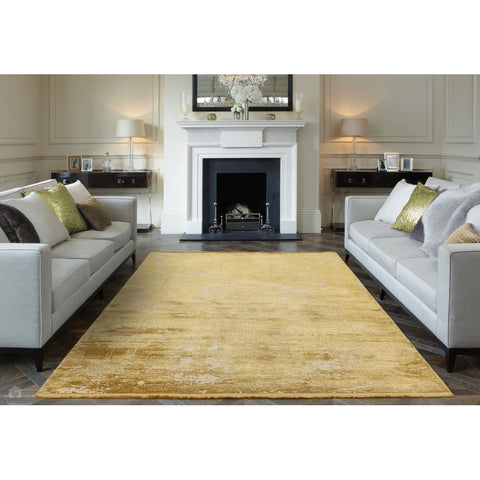Top 10 Questions About Rugs
Hello to all rug enthusiasts and newcomers to the exciting world of rugs! We know the sheer volume of information about rugs can seem overwhelming at times. That's why we've put together this blog post to answer the top 10 questions we often encounter about rugs. We hope you find it informative and enjoyable, and that it sparks your love for rugs even more.
1. What are the different types of rugs?
There are numerous types of rugs, each with its unique charm and appeal. The main categories include Oriental rugs, which are typically handmade and feature intricate patterns, and Modern rugs that incorporate contemporary designs and colour schemes. There are also Persian rugs, Kilims, Dhurries, Shags, Braided rugs, and Outdoor rugs, among others. Each type has a distinct manufacturing technique, origin, and design aesthetics.
2. How can I identify a high-quality rug?
Quality in rugs is determined by several factors, including the knot count (more knots typically mean higher quality), the materials used (such as wool, silk, or synthetic fibres), the rug's age, and the intricacy of its design. Handmade rugs, especially those with a high knot count and made of natural fibres, are generally considered to be of higher quality.
3. How should I clean my rug?
Proper cleaning depends on the rug's material and construction. For most rugs, a gentle vacuuming without the beater bar is recommended for regular upkeep. For spills, blotting with a clean cloth and mild detergent can work. However, for deep cleaning or stain removal, it's often best to hire professionals, especially for valuable or antique rugs.
4. How do I choose the right rug size for my room?
A rug should fit the size of your seating area rather than the size of your room. Ideally, all the furniture in a seating area should fit on the rug. If that's not possible, at least the front legs of larger pieces of furniture should be on the rug. In the dining area, the rug should be large enough that the chairs are still on the rug when pulled out.
5. What's the difference between a rug and a carpet?
The terms 'rug' and 'carpet' are sometimes used interchangeably, but they do have different meanings. A carpet usually refers to a floor covering that spans wall-to-wall, while a rug typically refers to a floor covering that doesn’t extend to the walls and is not affixed to the floor.
6. How can I prevent my rug from slipping?
Using a rug pad is the most common method to prevent a rug from slipping. A rug pad provides extra cushioning, prolongs the life of the rug, and helps keep it in place.
7. What's the best material for a rug?
The best material depends on your needs and the rug's intended use. For high-traffic areas, wool or nylon rugs are durable and easy to clean. For a luxurious feel, silk rugs are excellent, though they require more care. For outdoor areas, polypropylene is commonly used because it can withstand the elements.
8. Is there a 'right side' to a rug?
Most rugs have a "right side" or a "good side". This side is typically more vibrant and detailed because of the direction in which the knots were tied during the rug's creation. However, this mostly applies to handmade rugs. For machine-made rugs, either side can be used.
9. Should I rotate my rug?
Yes, rotating your rug every six months to a year can help even out any wear and tear from foot traffic and sun exposure.
10. How long does a rug typically last?
The lifespan of a rug depends on its material, construction, and the amount and type of traffic it endures. A high-quality, well-maintained rug can last for decades, or even a lifetime. On the other hand, a less expensive, machine-made rug might only last a few years.
- Persian Rugs: Dive into our extensive collection that showcases rugs from every corner of Persia. Each rug is a masterpiece, woven with history and tradition.
- Persian Rug Rug: Experience the layers of beauty and craftsmanship in our double-layered Persian rugs, perfect for adding extra comfort and style.
- Persian Rug Carpet: More than just a rug, our Persian carpets are luxurious foundations that can define a room’s aesthetic and atmosphere.
- Persian Rug: From intricate florals to medallion motifs, each Persian rug in our collection tells a story, ready to be a part of your home's narrative.
- Persian Carpets and Rugs: Explore a variety of Persian carpets and rugs that blend traditional techniques with contemporary styling to fit any room decor.
- Classic Persian: Our classic Persian rugs feature timeless designs that have been cherished for generations. Perfect for those who appreciate heritage and fine detail.
- Persian Rugs Sale: Take advantage of our exclusive sales on selected Persian rugs and bring home the elegance of Persia for less.
We hope this blog post has helped demystify some aspects of rug ownership. Rugs are not just floor coverings; they're a way to express personal style, add comfort, and make your space truly feel like home. Happy rug shopping and care!


